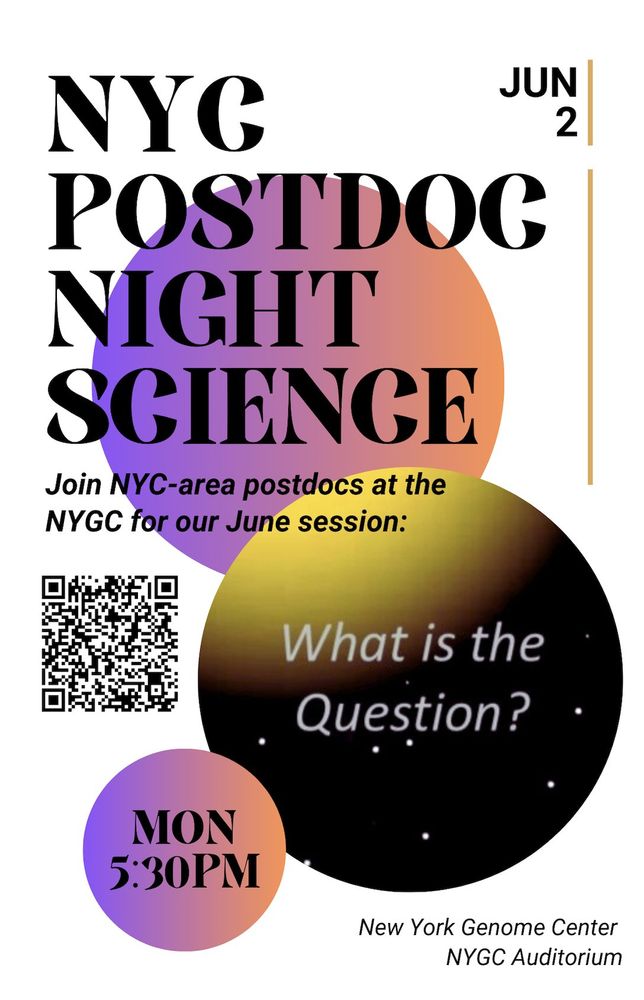Neville Sanjana
@nevillesanjana.bsky.social
1.1K followers
110 following
87 posts
Scientist at the New York Genome Center & NYU.
http://sanjanalab.org
Posts
Media
Videos
Starter Packs
Reposted by Neville Sanjana
Reposted by Neville Sanjana
Markus Elsner
@markuselsner.bsky.social
· Mar 27
New York Genome Center
@nygenome.org
· Mar 27

Bing Ren Appointed Scientific Director and Chief Executive Officer of the New York Genome Center - March 27, 2025
Read about Bing Ren Appointed Scientific Director and Chief Executive Officer of the New York Genome Center at the New York Genome Center on March 27, 2025
bit.ly
Reposted by Neville Sanjana

















